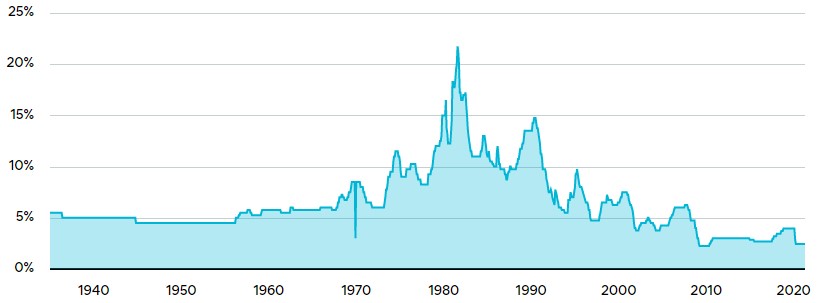FHSA vs RRSP vs TFSA. Which is best?
Let’s explore three powerful savings accounts available to Canadians hoping to buy their first home. First Home Savings Account (FHSA), Registered Retirement Savings Plan (RRSP), and the Tax-Free Savings Account (TFSA).
What is FHSA?
The FHSA is a new kid on the block. By design, it helps you save up a down payment on your first home purchase. The best part is it combines the best features of the RRSP and TFSA. Here’s how it works:
| Tax Deductions | Contributions are tax-deductible, reducing your taxable income. |
| Tax-Free Growth | Your investments grow tax-free, and withdrawals for your first home are not taxed. |
| Contribution Limit | You can contribute up to $8,000 per year, with a lifetime limit of $40,000. |
How about an RRSP?
The RRSP is a veteran in the savings game, primarily aimed at your long term retirement:
| Tax Deductions: | Like the FHSA, contributions to an RRSP reduce your taxable income. |
| Tax-Deferred Growth | Your investments grow tax-deferred, but you’ll pay taxes when you withdraw funds, ideally in retirement when you may be in a lower tax bracket. |
| Home Buyers Plan | You can borrow from your RRSP for your first home, but you’ll need to repay it within 15 years to avoid taxation. |
Should I use my TFSA?
TFSA’s are versatile accounts that can be used for just about any savings goal you have:
| No Tax Deductions | Contributions are not tax-deductible so you won’t save on taxes immediately |
| Tax-Free Growth | Investments grow tax-free, and you can withdraw any amount, at any time, tax-free |
| Contribution Room | The contribution room accumulates each year and any unused room can be carried forward |
Which one should I choose?
It depends on your goals and circumstances. If you’re laser-focused on buying your first home, the FSHA’s combination of tax deductibility AND tax-free growth is simply the way to go. Even if you end up not purchasing a home, you still have the option to transfer your FHSA balance over to an RRSP. There is really nothing to lose. If you’re looking at the long game and retirement, the RRSP has its perks and usually has much higher contribution limits (check your CRA online my account for your specific contribution allowed). Lastly, for flexibility, the TFSA is unbeatable as you can access it any time, for any reason, without any tax consequence. Remember, you don’t have to choose just one. You can strategically use all three to maximize your savings and tax advantages.
The most critical factor.
Decide to begin saving. If you are saving for your first home, your or your long term retirement or a rainy day emergency fund, the right savings account makes all the difference. You can do it if you simply begin.




